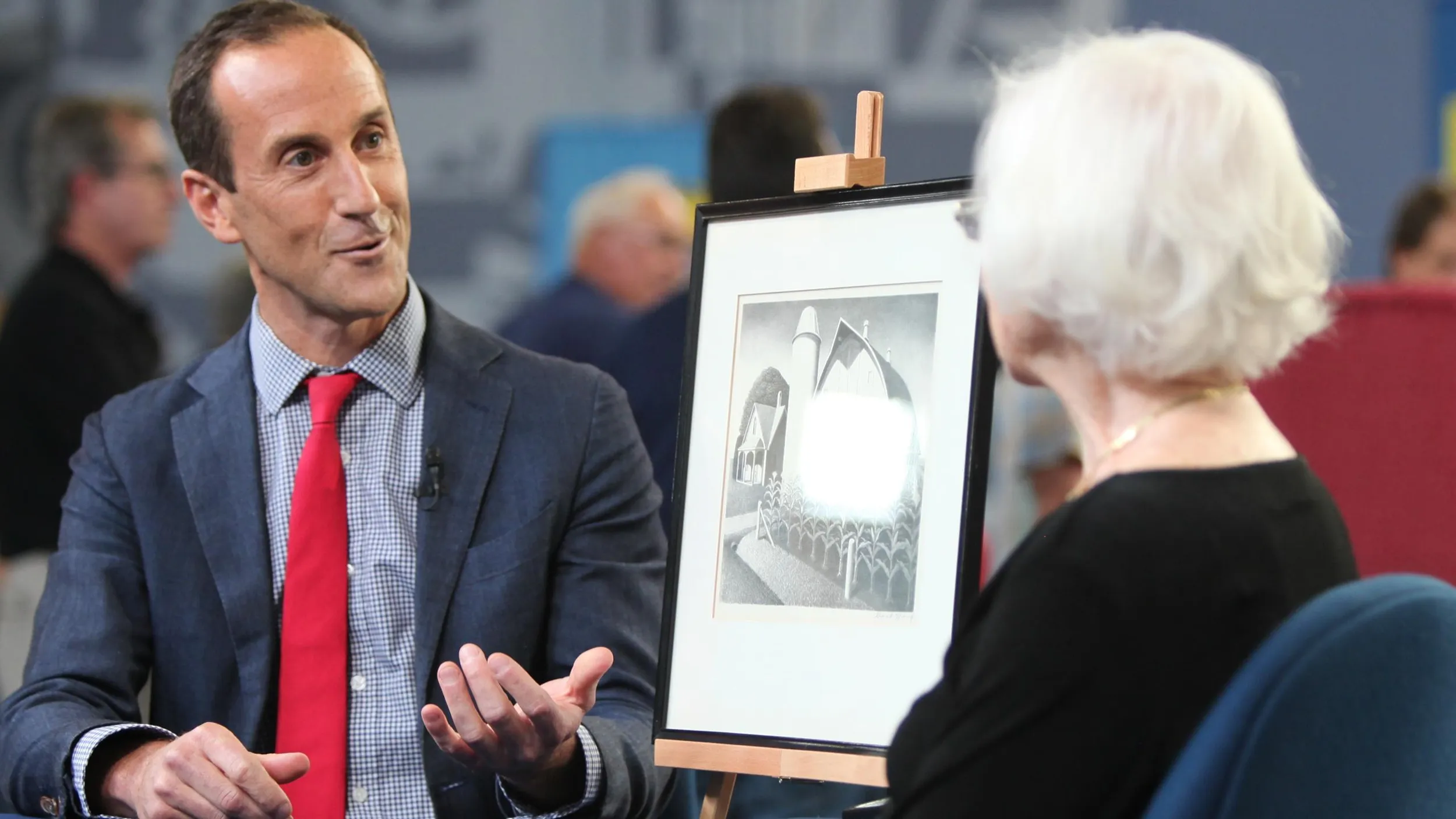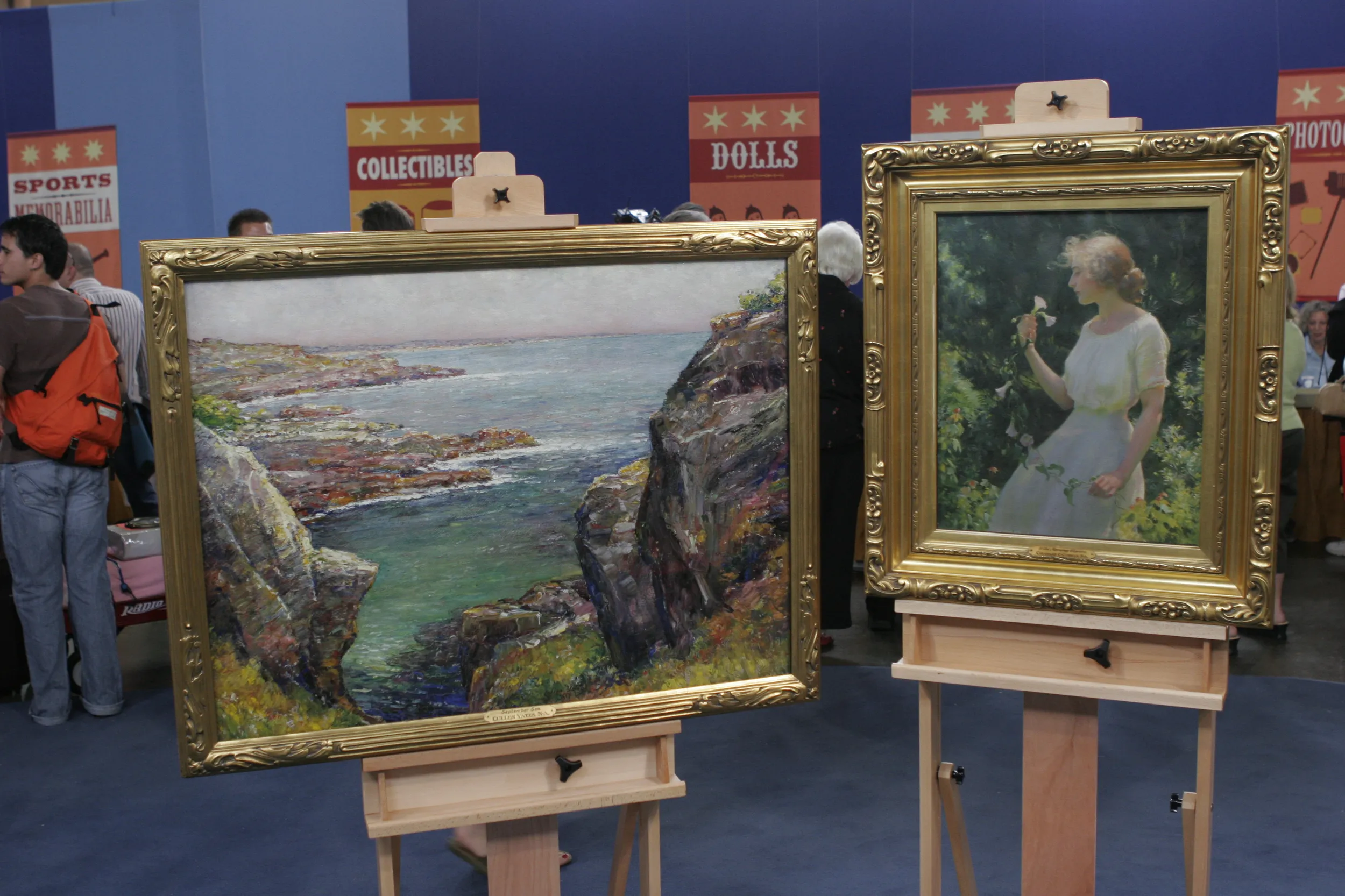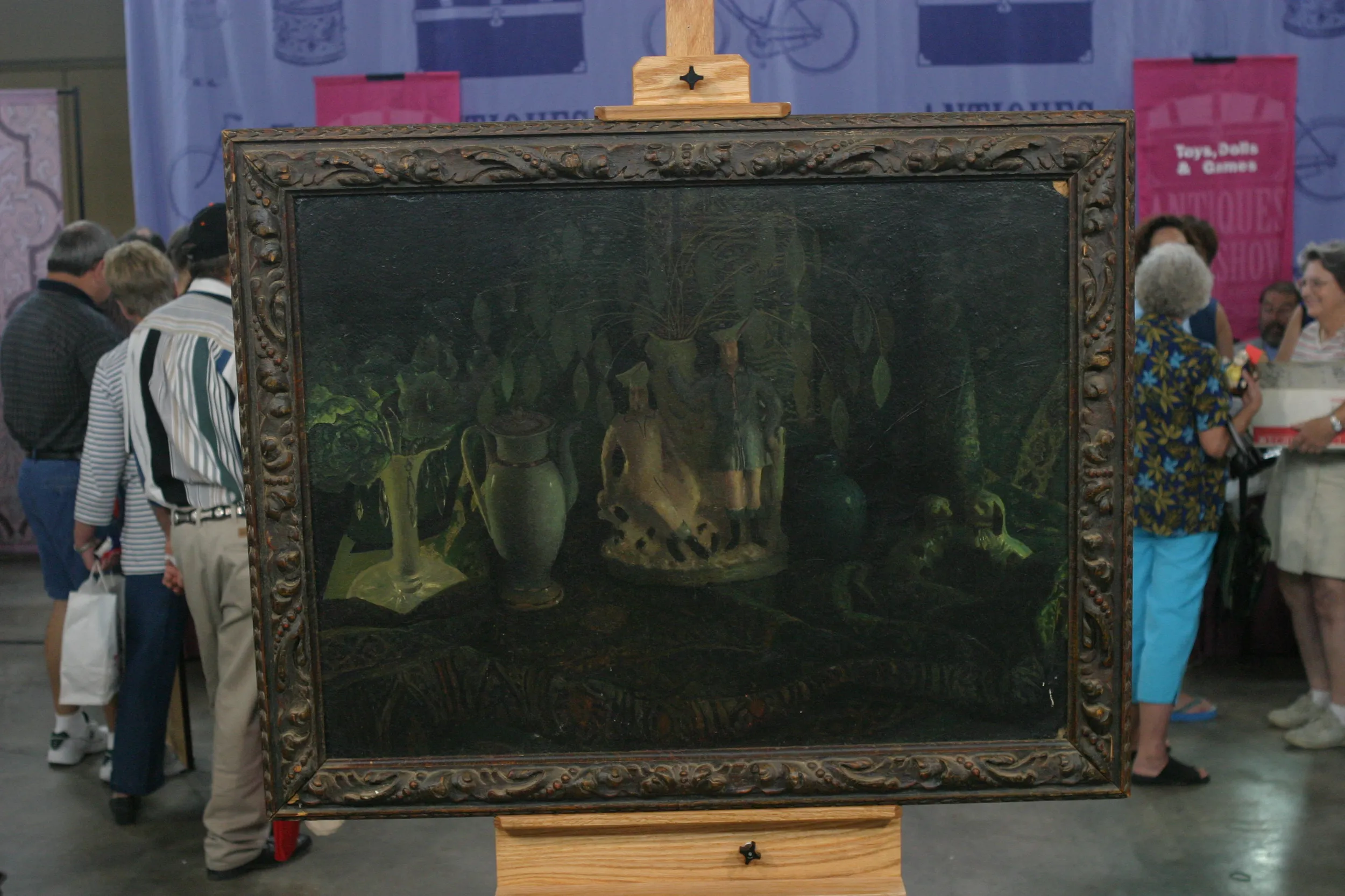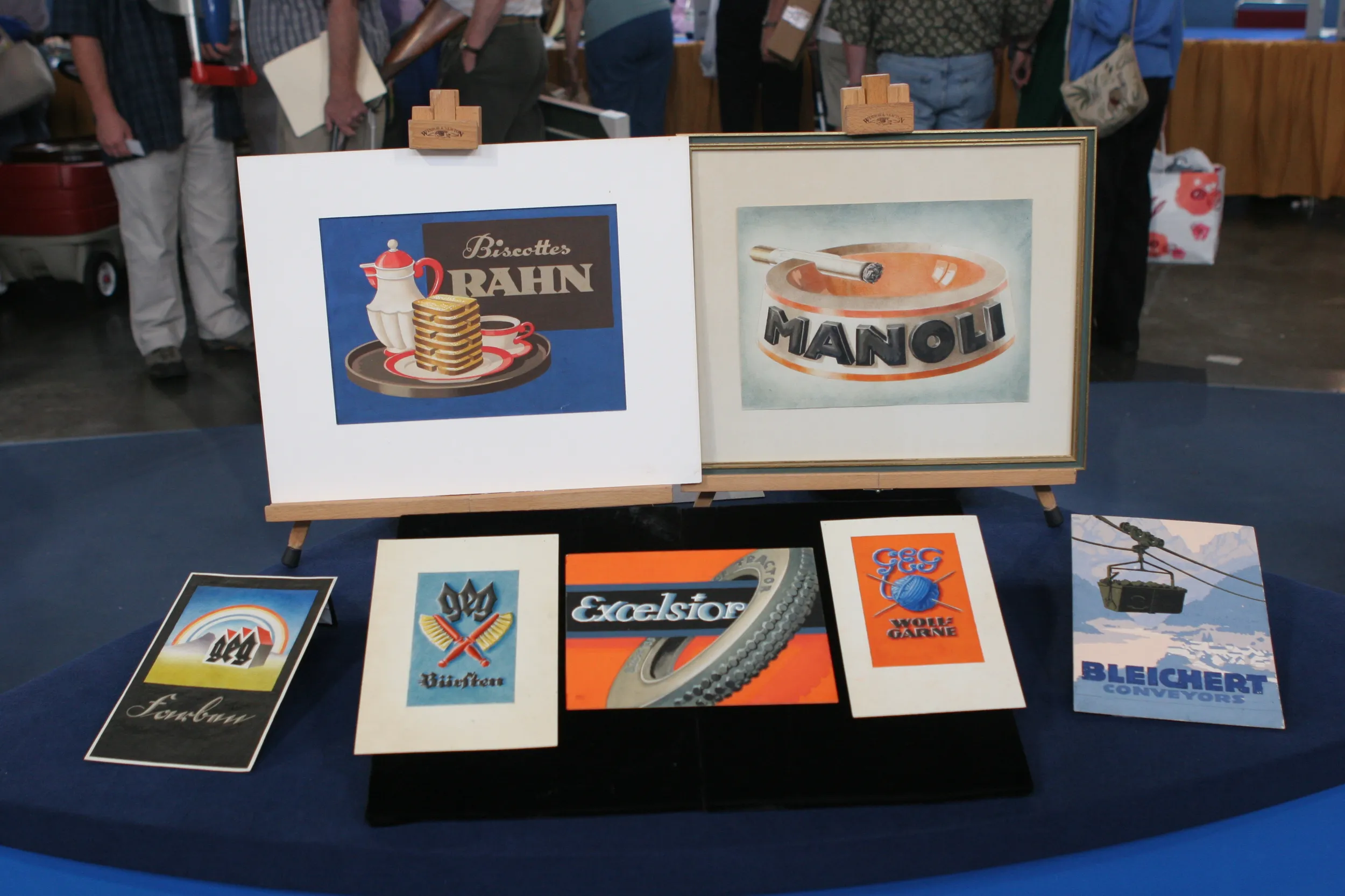GUEST: I bought it at an estate sale.
APPRAISER: Recently, or...?
GUEST: About a year ago.
APPRAISER: Mm-hmm. And what did you pay for it at the time?
GUEST: About 12 dollars.
APPRAISER: Uh-huh. And what can you tell me about it?
GUEST: It's by a Mexican artist, I think. He had to go to France because he left Mexico because he made up a story about the army. He said that the army massacred, um… a small town. It was a lie, I guess, and so he had to leave Mexico, and he went to France, and he was influenced by Impressionist painters. And I think the last house he lived at is a museum in Mexico City.
APPRAISER: Yep, okay.
GUEST: That's about it.
APPRAISER: So the artist is Joaquin Clausell, who was, as you rightly pointed out, a Mexican artist. He was actually a lawyer by trade.
GUEST: Ah, yes.
APPRAISER: And was also a political rabble rouser, as you've rightly said.
GUEST: Yeah, I think they called him the Chicken Lawyer.
APPRAISER: Yep. He went to law school, but took rather a long time to finish because he kept getting in trouble with the government.
GUEST: Mm-hmm.
APPRAISER: He lived in Campeche and was not a fan of the governor, to say the least, and got jailed several times for being rather outspoken. Then had the little writing incident, was jailed for that. Just before his trial, he escaped and went to Paris, and that's where he saw the works of Sisley and Pissarro. And he'd never been a painter before, but he saw these amazing works and was just fascinated. When he came back to Mexico in 1903, he- that's when he began painting. So he came to painting... he was in his mid-30s when he started painting. It's a wonderful oil painting, probably done in the 1920s. How do you know who it's by? Because the picture isn't signed.
GUEST: Well, on the back, there's a label.
APPRAISER: Yeah, so let's take a look at that, because the label's rather interesting. So I'm just going to turn it around. If we can take a peek... So the label is extremely helpful. It gives us the title, "Pasaje del Estado de Mexico," and yes, I'm sorry, I just butchered the Spanish language. "Del studio de Joaquin Clausell," which means "of the studio of," and then gives the artist's dates. What's interesting about this label is it doesn't give us a full attribution.
GUEST: Mm-hmm.
APPRAISER: It relates it to the artist or his studio. So it's a telling label. The other thing that's interesting is -- and makes this a little bit of a conundrum -- is the picture's unsigned. He didn't sign all of his works. He was known to be rather sloppy about that. He was also sloppy in terms of materials. He would just grab whatever he could find. But because we can't be 1,000% certain in the context of being here that this is right, we have to consider it an attribution. Now, in doing so, we look at the picture and consider how strong a likelihood is it that the picture is what it purports to be. And I think the likelihood that it's right is extremely strong.
GUEST: Okay.
APPRAISER: But as it stands right now, we have to consider it a work that's attributed to.
GUEST: There's also some fingerprints on the back. You think this frame... he could have made this frame, too?
APPRAISER: I think the frame is probably not by him. And it - it's near period, but somebody's clearly repainted it.
GUEST: Okay.
APPRAISER: As an attributed picture, at auction, I would give it an estimate of $15,000 to $20,000.
GUEST: Okay.
APPRAISER: Having said that, the real next step is to do the research. And in order to do that, we would want to contact an expert on Clausell's work. Now, in 1995, there was a huge retrospective at the National Museum of Art in Mexico City, and the first thing we would want to do is contact the curator of that particular show. If we can establish beyond any doubt that it is indeed Clausell's work, then we would have to be more aggressive with the estimate. And at auction, if it's a full attribution, we would estimate it at $30,000 to $50,000.
GUEST: Very good.
APPRAISER: It's a great picture.
GUEST: Yes, I like it a lot.
APPRAISER: I think you made some good money.
GUEST: I think so.
APPRAISER: Well done.











